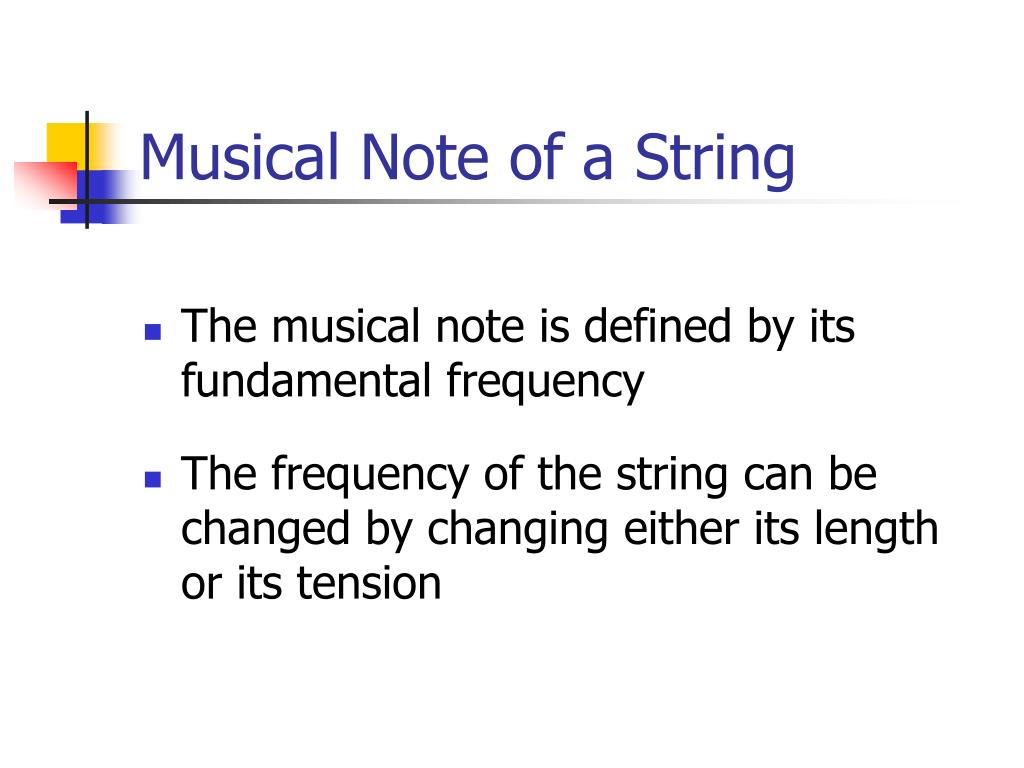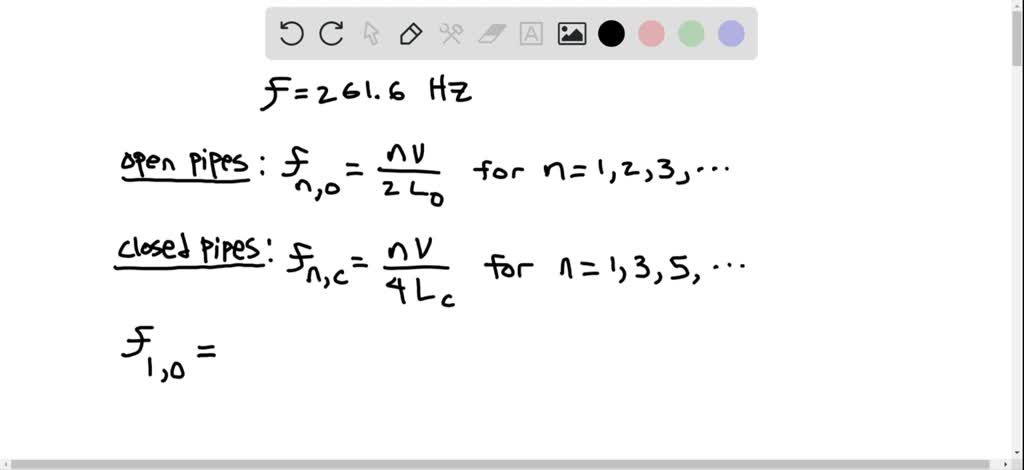

All music is experienced as sound, and audio *frequencies* are a particular way of analysing, representing and understanding what’s going on in sound. So let’s begin with: why talk about audio frequencies at all on the musicality podcast? Well, the first thing to say is that “audio” is just another word for “sound”.
#The middle note c has a frequency of 262 hertz free
But I will mention at the end a great free resource you can check out if you want to dive in. So I’m going to focus here just on the fundamental “what and why” of learning about frequencies – and leave all of the “how” for now. We could literally do a hundred episodes about audio frequencies and music. This is one of those topics that is far too huge for a short podcast episode to really cover. But that actually proves to be fascinating and quite powerful for a musician – once you get your head around it. Now already we’re sounding quite dry and scientific! And audio frequencies are basically a science-y view on music, and all sound. Today I want to talk about a topic that is baffling to a lot of musicians – so baffling that many don’t even get why they might *want* to understand it. What is tone height? tone chroma? How do you produce an octave jump? Why do two notes of the same chroma but different octaves sound so similar? Why is the psychological scale for musical pitch shaped like a helix?Ģ3.Enjoying Musicality Now? Please support the show by rating and reviewing it! What is the fundamental relationship between increases in musical pitch and frequency changes?Ģ2. What is the fundamental problem for the hearing system according to Auditory Scene Analysis?Ģ1. Missing fundamental effect and why is it important?Ģ0. What is timbre? How did Helmholtz explain the relationship between pitch and timbre? What is the Is the fundamental frequency? What are harmonics? Can you predict the harmonics if you know the fundamental frequency of a note?ġ9. How is that different from a 262 Hz sine wave? What is a Fourier analysis? What does it mean to say that the basilar membrane is a Fourier analysis machine? How does ventriloquism work? Can a person really "throw his voice"?Ĭonfusion? Why do we have difficulty discriminating between a sound locatedĪt 0 and at 180 degrees? Explain why moving your head makes localizing a soundīasilar membrane when I play a musical note on a piano, like a middle-C (~262 The results? What do the results suggest for human hearing?ġ5. Sound localization was tested in an experiment by Stevens and Newman. Time differences contribute to localization of sounds. Intensity differences contribute to localization of sounds. Of loudness and pitch? How were they created? Why aren't they in general use?

What do these contours tell us about hearing? Shift? Know the general shapes of these contours for different frequencies.

What type of hearing loss is presbycusis?įunction? How is it produced? Know the general shape of the function. What are the two types of hearing loss? How does an audiogram differentiate between the two types. Spontaneous otoacoustic emissions tell us about the basilar membrane?ħ. (evoked) otoacoustic emission? How does this happen? What is a spontaneous otoacoustic emission? What do these The place explanations of Helmholtz and Von Bekesy. Membrane and produce different pitch experiences according to the Rutherford/Wever frequency/volley explanation and Know how these signals affect the basilar Understand the different functions of the InnerĪ 50 Hz and a 5000 Hz sound signal. Be able to follow the sequence from a sound wave hitting the pinna If you know the frequency, can you predict the pitch? If you know the amplitude, can you predict loudness? Pitch and frequency, loudness and amplitude. In what sense is this description accurate and inaccurate? Whatĭoes it mean to go from 100 Hz to 200 Hz? What does 0 dB SPL mean? What does And the physical measures of frequency (Hertz) and amplitude (decibel).


 0 kommentar(er)
0 kommentar(er)
